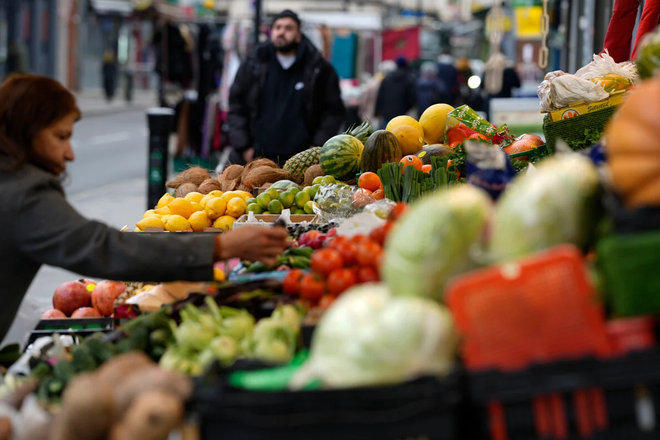Nowadays, if you look closely at a receipt you may be slightly confused, not just because of how much the price of some items has increased since the New Year. One loaf of bread has a five percent tax rate, while another has 19 percent.
The bottom part of a receipt also looks different. You will find information about the amount you paid to the state in VAT when shopping. As of January, two older tax rates were eliminated and replaced by three new ones.
The lowest tax rate that people will see on receipts is five percent and concerns basic foodstuffs. Other foodstuffs have a tax rate of 19 percent and non-food goods have the highest rate - 23 percent.
What you'll find in the text:
What a receipt tells you about the new VAT.
Why does bread have different VATs?
While economy minister talks about lower prices, an MP talks about fraud.
A price survey by the Smart Consumer Institute.
What the past shows us about VAT changes.
There will be a website to check prices.
How to know which tax paid what
The tax rate for food may cause the greatest chaos. It is impossible for an ordinary person to remember which goods have the 5-percent tax. The list is determined by law. According to experts, it is relatively illogical in some respects. For example, onion is included, but carrot is not. Consumers pay a lower tax, for example, for grape juice, but not for grapes.
A receipt can help you find your way around. At the bottom is a section showing how much you paid in tax. It also says what tax rates were applied in your shopping.
The letters B, C, D are used for the individual rates. When the Sme daily did some shopping in a Tesco store, the letter B represents the tax rate of 5 percent. The letter D represents the 19 percent tax. The letter C includes cosmetics with the highest tax rate, 23 percent.
The same letters can also be found next to the price of each purchased item on a receipt. From this you can learn that the lowest tax applies to red apples, freshly baked bread, rolls from a bakery. Bananas and tangerines have a higher VAT, as do Kaiser rolls and bread that arrives to the supermarket frozen and is then baked in the oven.

 Illustrative image. (source: SITA)
Illustrative image. (source: SITA)